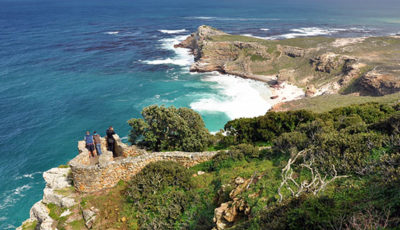The quintessential South African itinerary is all the best of wildlife, wine, culture, and cuisine.

Experts in socially responsible luxury travel. We design travel experiences that support conservation and local communities without skimping on comfort.